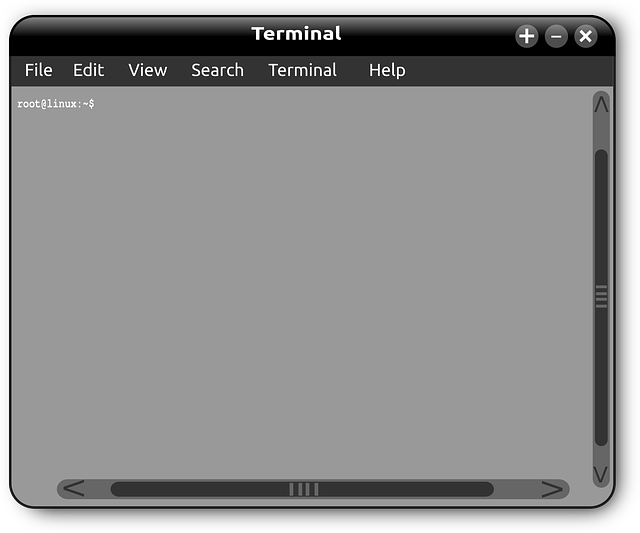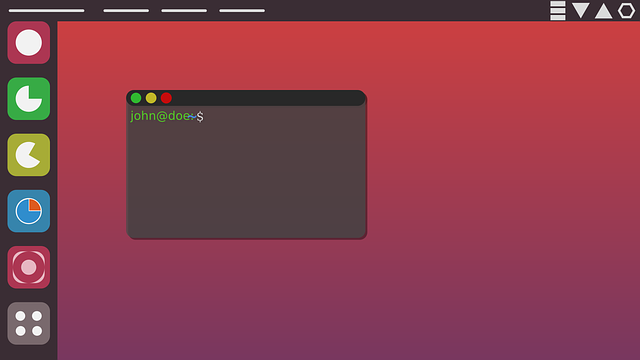Arch Linux is a completely free and open-source operating system that focuses on simplicity and modernity. It also emphasizes optimization practicality and a user-centered approach. Arch Linux uses the rolling release method to ensure that it is up-to-date with latest stable versions of software and also encourages active users to keep their systems up-to-date often.
It is designed to provide an objective rather than an ideology-based distribution system, with developer consensus is employed to make the design choices. This allows freedom of choice, which allows users to design a software that is best suited to their requirements and usage. The operating system gives users the option of using libre or custom software programs, allowing to select the appropriate software for specific tasks.
The initial configuration for the system is light, which results in less resource consumption and quicker time to boot. In addition, minimality ensures the software package includes only essential features for the system. A quick and effective installer enables your system to go functioning in a short time.
Although GUI options for setting up configurations are not explicitly available however, the system encourages users to complete the majority of their configurations using an command line and a text editor. This ensures that users have a solid comprehension of the system as well as decreases security risks through decreasing the possibility of malware injection. Additionally, Arch avoids duplication of functionality by using upstream software, rather than adding features based on distribution-specific concerns such as adjusting file paths.
The minimalistic design of the base system ensures that the installer is in a position to install any new software without having to replace the existing versions. This speeds up the process of installation as well as allowing users to customize their systems. In addition the repository for community use, the AUR (Arch User Repository), offers a variety of applications that are not available in the official repositories for x86-64.
Contrary from the other GNU/Linux distributions, Arch focuses on filling the needs of those who contribute, therefore, it is directed towards experienced GNU/Linux users as well as those with an attitude of self-help who are willing to explore and tackle the problems they face on their own. It isn’t necessarily easy to master and demands a certain amount of experience and dedication.
One of the biggest benefits for users of Arch Linux is its thorough and thorough documentation that makes it easier for managing the system and doing daily tasks. This can, however, be an issue for newcomers because many of the programs and tools aren’t accessible in the live system that must be added by hand. Furthermore, the design of the operating system may not be suitable for all hardware platforms. This is a concern for users with older hardware that is unable to be running on the latest version of OS. Therefore, it is essential to be aware of the limitations of your operating system before choosing it as the right option to your requirements. It is, however, an ideal choice for IT professionals as well as those who require a secure system that is able to be utilized to accomplish productive work. Important to keep in mind however, that certain IT applications may not be functional right out of the box so it is suggested to not upgrade your system in full when you are working. It’s also a great option to have a backup of your system in order to prevent loss of data or having to install the system.





























+ There are no comments
Add yours